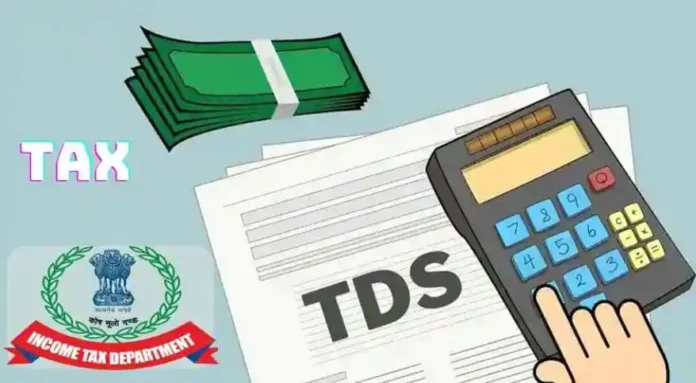TDS on Fixed Deposit: There are many options in the market for investment. Every investor chooses investment according to his need, time line, risk bearing capacity, market situation and financial target. One of those safe and attractive options is Fixed Deposit (FD). This is an investment which is currently offering more interest.
TDS on Fixed Deposit: There are many options in the market for investment. Every investor chooses investment according to his need, time line, risk bearing capacity, market situation and financial target. One of those safe and attractive options is Fixed Deposit (FD). This is an investment which is currently offering more interest. Let us know what is Fixed Deposit and how Tax Deducted at Source (TDS) is calculated on it.
What is Fixed Deposit (FD)?
Fixed Deposit is an investment scheme in which a person deposits a fixed amount for a fixed period of time. This is a safe investment option of banks, in which interest is received at a fixed rate on the deposited amount. Investors can take interest payment monthly, quarterly, half-yearly or annually as per their convenience. It gives higher interest rate than savings account.
What is Tax Deducted at Source (TDS)?
Tax Deducted at Source (TDS) is a tax collection system in which the government deducts tax directly at the source of income. The person (deductor) who makes payment to another person (deductee). He has to first deduct the tax and deposit it in the government account. TDS is applicable on many types of income, such as salary, interest on fixed deposit, rent etc. This tax is deducted according to the rates fixed by the tax department.
What is TDS on FD?
TDS on fixed deposit is the tax that the bank deducts from the investor’s interest and deposits it to the government. This TDS is deducted as per the fixed rate and added to the investor’s income tax account. Later it is added to the total income of the person.
How to calculate TDS on fixed deposit?
- The interest received from FD is fully taxable. It is added to the income received from other sources.
- TDS is calculated on the basis of interest received on FD, deposit amount, period and tax slab.
- If a person’s annual income is less than Rs 2.5 lakh, then the bank will not levy any tax on it. However, in some cases Form 15G or 15H has to be filled to claim tax exemption.
- If a person gets less than Rs 40,000 interest annually from FD, then no TDS will be deducted on it. But if the interest exceeds Rs 40,000, then the bank will deduct TDS at the rate of 10%.
- If the person does not have a PAN card, the bank can deduct 20% TDS.
- For senior citizens (above 60 years of age), this limit is Rs 50,000, i.e. they do not have to pay any TDS on interest up to Rs 50,000.
Most Read Articles:
- 8th Pay Commission will be implemented this month? Central government employees’ salary and pension will increase by this much
- Beer Price Hike: Bad news for beer lovers! Beer will become expensive here from today in this state, know the new price
- Credit Card Link UPI: Link your credit card to UPI from home, know step-by-step guide


